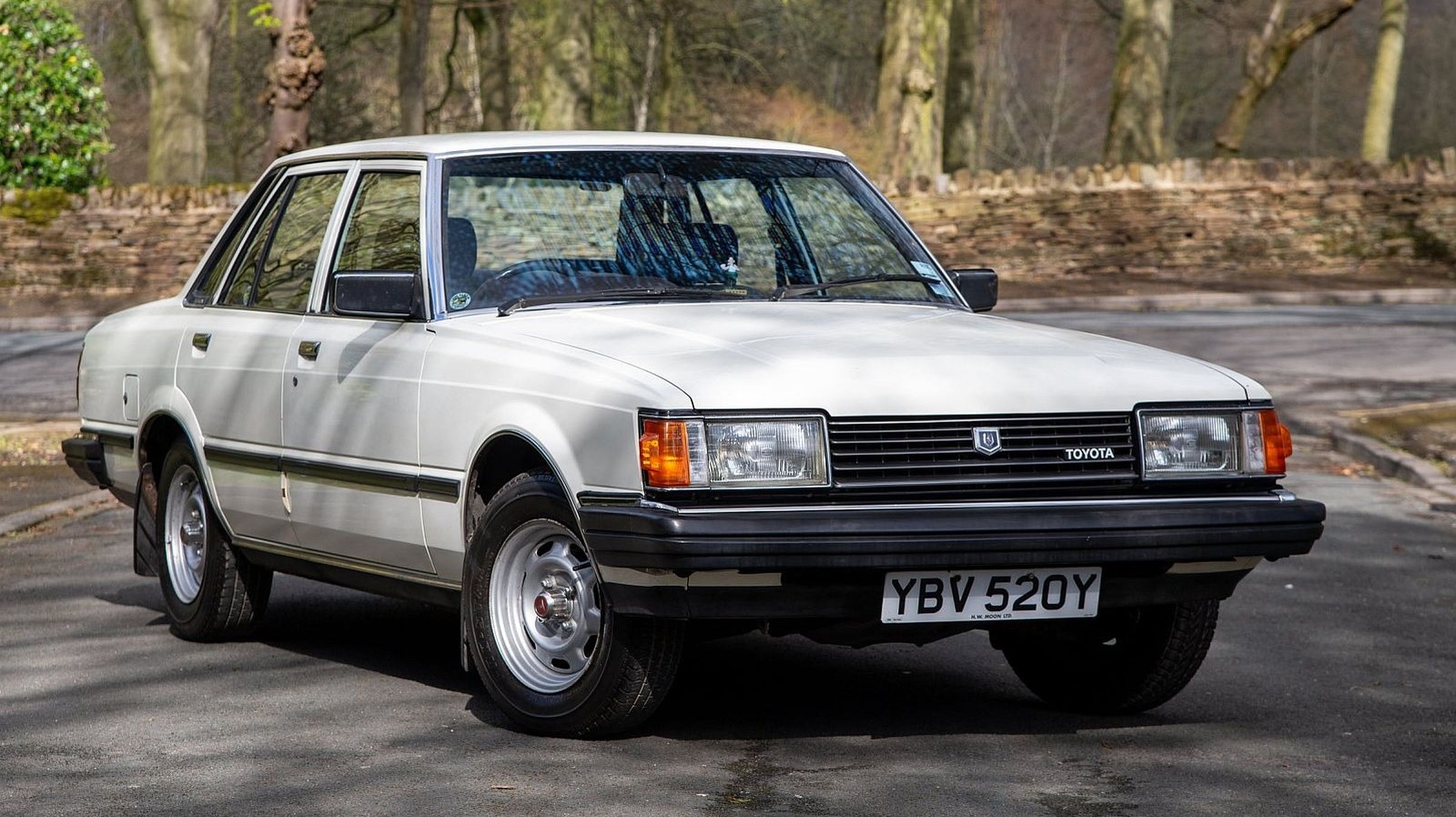
Back in the ’80s, if you wanted something that had the refinement of a European automobile but the reliability of a Japanese car, the Cressida was your answer. Launched in 1977 as a rebadged Mark II, it stood out from the company’s other offerings like the Corolla and the Celica with its more luxurious overall package.
Advertisement
The car included features like air conditioning, reclining seats, and cassette stereos that weren’t very common globally at the time. It was fun to drive for the size, too, at least for a mid-size luxury shell, thanks to the straight-six engine and rear-wheel-drive layout under the hood — stuff borrowed straight from the Supra.
Moreover, with each generation (Toyota updated it like clockwork every four years), the Cressida grew more upscale –- adding everything from leather seats and sunroofs to automatic climate control and cruise control. It was the perfect premium car for most, that is until Toyota decided to pull the plug in 1992.
A victim of its own success — in a way
As is often the case in automotive, the end of the Cressida was all about timing and market dynamics. Buyer preferences were shifting by the early ’90s, and SUVs and minivans were gaining popularity. Meanwhile, traditional sedans — especially higher-end rear-wheel-drive models — started to lose ground in the U.S. market. The Cressida, despite its loyal following, began to feel out of step with what the average American family wanted in a car.
Advertisement
At the same time, Toyota had something else brewing. The Cressida had done its job laying the groundwork for what would become Lexus, Toyota’s luxury brand. The first ever Lexus landed in 1989 as the LS400 – a car that shared plenty in design with the later Cressidas. With it, it became clear that Toyota was ready to move luxury to its own dedicated brand. The Cressida still had room to evolve, but the company didn’t want any internal overlap.
It was then that Toyota made the tough call of retiring the Cressida and letting other new models pick up the baton. So, after a 15-year run and over 300,000 units sold in the U.S., the legend quietly exited the stage in 1992.
The Cressida is dead, long live the Cressida
Though the Cressida became a piece of Toyota’s past, its legacy lives on to this day. For starters, if you look at the DNA of the early Lexus LS and GS models, you’ll find a lot of Cressida in there. That includes everything from the clean, understated design to the rear-wheel-drive options and smooth engine feel. The LS is still produced today, though Lexus discontinued the GS in 2020.
Advertisement
The Cressida’s departure also made way for a duo of Toyota successors. Starting in 1982, the Camry filled the volume role with its mid-size appeal, especially once the V6-powered XLE arrived. However, it was the Avalon launched in 1995 that is considered a true successor, since it filled the same role as a premium V6-powered sedan in the lineup. But Toyota discontinued the Avalon in 2022 to make way for the Crown, which we reviewed earlier this year. We found it to be “weird, but in a good way.”
Today, even though the Cressida is becoming an increasingly rare sight, it lives on as a gem known for classic luxury and that famous Toyota dependability. If you still want one, you may even find one at a local car dealership considering the sheer popularity back in the day.
Advertisement



:max_bytes(150000):strip_icc():format(jpeg)/TAL-header-archipelago-trail-roadside-finland-BIKETHRWFINLAND0525-a7e494bf38f84e63880f986c3db8ef1b.jpg?w=150&resize=150,150&ssl=1)




